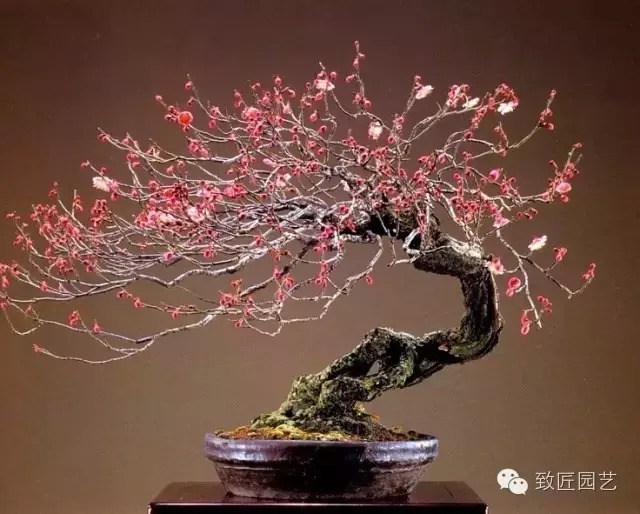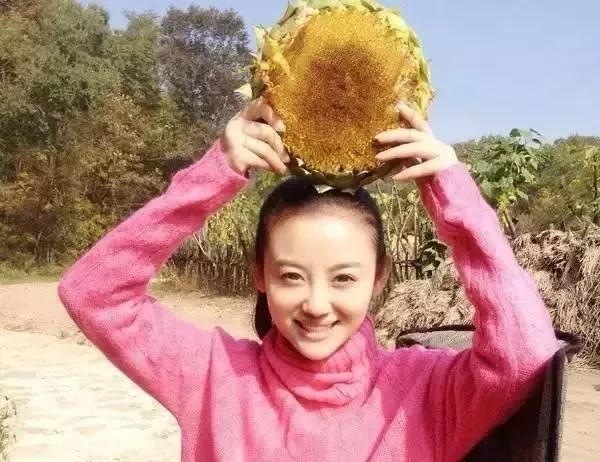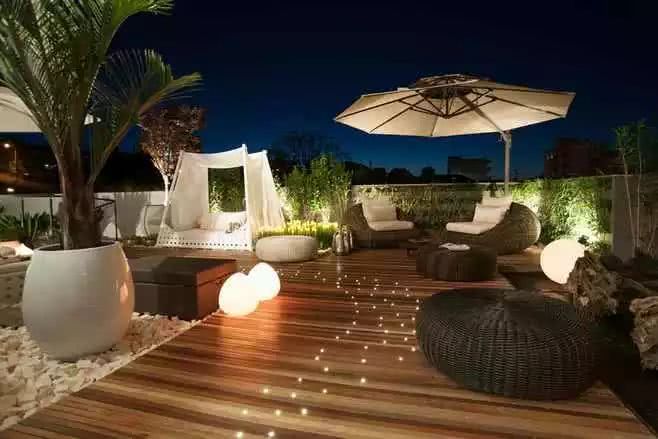Production and Management of Plum Blossom Bonsai

Plum blossom is a small deciduous tree or shrub of the genus Prunus in Rosaceae, with a height of 4 meters to 10 meters, the trunk is grayish brown or purplish brown, and the new branches are mostly green. in addition to normal straight branches, there are also changes in drooping branches and Longyou. Simple leaves alternate, shortly stipitate, leaf blade broadly ovate or ovate, tip pointed, leaves 4 cm to 10 cm long, margin finely and sharply serrate, pilose on both sides. One to two flowers are planted in the axils of branches, with short peduncles, with white, light green, pink, red, purple and other colors. Some varieties have colored patches or stripes on their petals, each flower has multiple stamens, its length is equal to or slightly shorter than that of petals, and the flowers are fragrant. Due to different varieties, the shapes of calyx and petals vary greatly, and there are single and double petals. According to the difference of climate in different places, it blooms one after another from January to March every year, generally blooming first and then spreading leaves.
The propagation of plum blossom can use the seedlings of peach, apricot or plum blossom as rootstocks, grafted by branch grafting or bud grafting, and pay attention to picking the heart after survival in order to control the height of the plant. Bonsai can be made when the trunk grows to the right thickness after 3 to 4 years. Bonsai can also be made with old plum stakes that have grown for many years, with short plants and simple shapes, which can be transplanted after blossom fade in spring, truncate the main root during excavation, leave more lateral roots, and reshape the old trunk, cut off part of the branches, first plant in the ground or tile pot to "raise blanks", and so on after the root system is well developed, germinate new branches and then through the methods of pruning and banding to make bonsai of different shapes.
The traditional shapes of plum blossom bonsai are dragon style, three table type, basket type, Yang style, downwind type, hanging branch type, Su school split-dry type, etc., in addition, there are cliff type, water-facing type, straight dry type, oblique dry type, curved dry type, dry type, stone-attached type and other different forms, pine, bamboo and plum can also be planted in one pot, which is called "cold three friends". When planting, pay attention to the collocation of the three sizes, make them orderly and scattered, and arrange strange stones in the basin according to the needs to make them fresh and elegant with high artistry. The traditional plum blossom bonsai is beautiful with old and simple trunks, sparse branches and beautiful plants, so the trunk should be tilted and bent, the branches should not be too dense, and some scars can be made on the branches by hammering, hammering and axe chopping to increase the ancient interest. With the great development of the times, the natural plum blossom bonsai, which is not limited to one style and changeable shape, is more loved by people, and even some people make plum bonsai with dense branches, which gives people a feeling of vitality and vigor. When making this kind of bonsai, we should make sure that there are many branches without disorder, and there is a harmonious unity between branches and stems, branches and flowers.
The modeling of plum blossom bonsai is mostly carried out after the blossom fade in spring, with pruning as the main method and banding as a supplement. When pruning, the straight and unfeatured branches can be cut off and the branches with beautiful shape and twists and turns can be retained. For young trees or straight branches that need to be retained, the method of flat binding can be used to bend them so as to achieve the artistic effect of "sparse shadow, horizontal inclination, quaint and elegant".
Plum blossoms like warm, humid, sunny, well-ventilated environment, resistant to cold and drought, and afraid of waterlogging. Usually can be placed in the outdoor light is sufficient, air circulation place, if the sun is not enough, it will affect the flowering. Watering during the growing period to achieve "no dry, no watering, watering thoroughly", to avoid stagnant water in the basin soil, otherwise it will cause rotten roots. The period from late May to late June is the early stage of flower bud physiological differentiation of plum blossoms. Watering should be properly controlled, and the tip of new branches should be watered when the tip of new branches is slightly wilted, and the tip of new shoots can be pinched and wilted by hand. Repeated several times can destroy the growth point, in order to control the growth rate of branches, which is beneficial to flower bud differentiation. It can be watered normally in July to meet the water requirements of growth, and pay attention to drainage and waterlogging prevention in case of rainy days. During the growing period, mature thin liquid fertilizer was applied every 15 days or so, and 0.2% potassium dihydrogen phosphate and calcium superphosphate were added from May to June to facilitate the formation of flower buds. In the northern area, it was moved to an indoor sunny place in early winter to maintain a room temperature of 0 ℃ to 6 ℃, and some water was sprinkled on the plants every 2 days or so to increase air humidity and prevent shoots from withering, but the soil should not be too wet. Flower buds begin to sprout in December, and 0.2% potassium dihydrogen phosphate solution and appropriate amount of nitrogen fertilizer can be applied twice to make the flowers big and fragrant. After the flower fade, a pruning is carried out, cutting off the branches of diseases and insect pests, over-dense branches and other branches that are not needed in shape, and cut short the old branches, leaving only 2 to 3 buds in each branch to promote the formation of new shoots, and a coring is carried out when the new branches grow to 20 cm. The young trees turn the pot every 1 to 2 years, and the old trees turn the pot every 2 to 3 years, which can be done after the flowers fade in spring. The basin soil should be made of loose, fertile and well-drained sandy soil, mixed with a small amount of bone powder or put a few pieces of animal's hoof nails in the lower part of the basin as base fertilizer. The newly planted plants are placed in the shade to slow the seedlings for a week or so and then moved to a sunny place for maintenance.
Wonderful content
Click below
For more information, please click: bonsai article summary!
- Prev

Four young people have cancer and regret: these bad habits must be changed.
Recently, in a video program, when four young people talked about their experiences after cancer, they said, "it's more dangerous than a ticking time bomb."I count my days every day."I really don't want to die." Don't think that cancer is leaving the year.
- Next

Enjoy a cup of tea and a courtyard
Courtyard is a cup of fragrant wine, courtyard is a melodious song Courtyard is a colorful scroll, courtyard is beautiful, whether you found in the courtyard to do a life of enjoyment, you will find different beauty When you are busy...
Related
- Wuhan Hospital Iron Tree Blooming Result Was Instantly Frightened by the Gardener Master
- Which variety of camellia is the most fragrant and best? Which one do you like best?
- What is the small blue coat, the breeding methods and matters needing attention of the succulent plant
- Dormancy time and maintenance management of succulent plants during dormancy
- Minas succulent how to raise, Minas succulent plant pictures
- What are the varieties of winter succulent plants
- How to raise succulent plants in twelve rolls? let's take a look at some experience of breeding twelve rolls.
- Attention should be paid to water control for succulent plants during dormant period (winter and summer)
- Watering experience of twelve rolls of succulent plants
- Techniques for fertilizing succulent plants. An article will let you know how to fertilize succulent plants.

